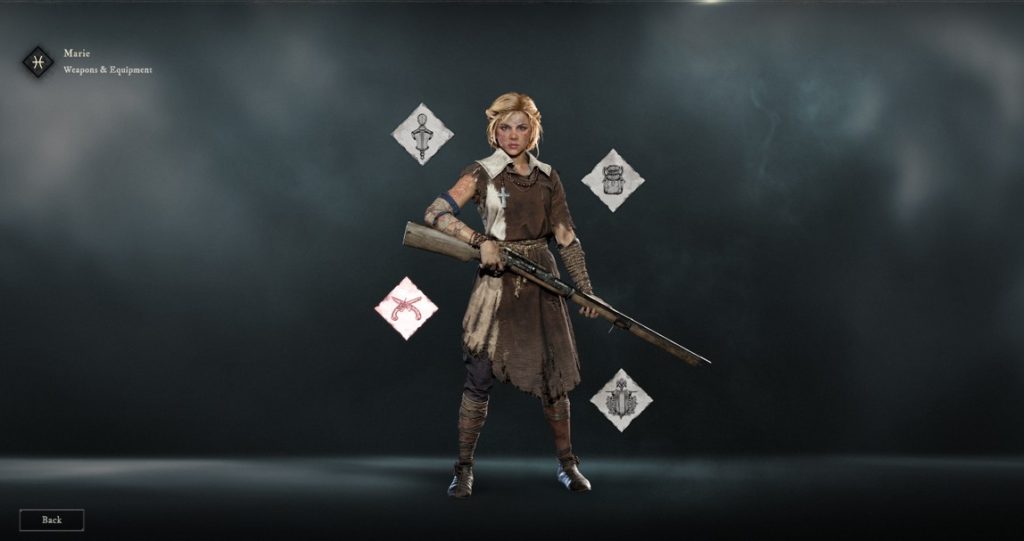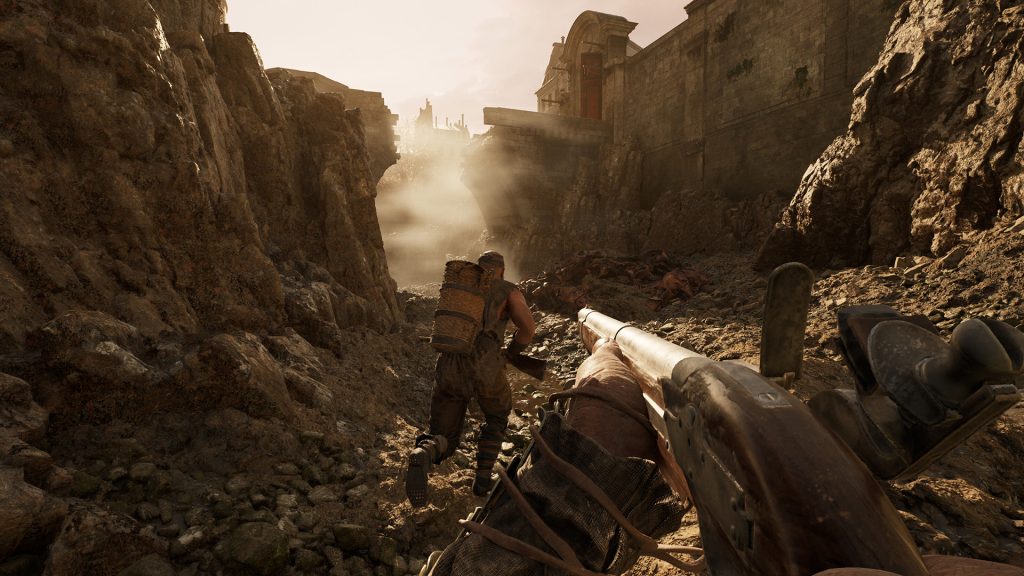The trailer for HUNGER, the upcoming PvPvE first-person extraction RPG from Good Fun Corporation, offers a chilling glimpse into a world ravaged by war and twisted by a mysterious bacterium. This detailed analysis explores the technical, narrative, and gameplay elements revealed in the trailer, highlighting what sets HUNGER apart in a crowded genre.
Setting the Stage: A Plague-Torn Europe
The trailer opens with haunting visuals of a devastated Europe, where civilization has collapsed under the weight of an unknown contagion. The environment is rendered with striking attention to detail: ruined villages, overgrown forests, and crumbling monasteries set the stage for a world where danger lurks around every corner. Lighting effects play a significant role in the game’s atmosphere, with dynamic changes that can impact visibility-especially when moving between interiors and exteriors, as noted by early impressions of the trailer’s aggressive sun glare. This environmental design not only immerses players in the bleak setting but also introduces tactical considerations for every expedition.
The narrative premise is equally compelling. The land is not just physically altered but haunted by fear and something far more sinister. This sense of dread permeates the trailer, underscoring the high stakes of every mission. The story is woven into the gameplay loop, with players scavenging for resources, facing supernatural threats, and contending with rival survivors in a desperate fight for survival.
Core Gameplay: Extraction Shooter Meets Deep RPG
At the heart of HUNGER is a blend of first-person shooter mechanics and deep RPG progression. The trailer showcases the extraction loop-a cycle where players embark on expeditions, gather loot, and attempt to escape with their spoils. Each successful run contributes to character progression, allowing players to advance from level 1 to 100. The skill system is robust, evolving based on player choices and offering over 100 talents to customize playstyles. This progression is permanent, with no forced wipes, ensuring that every decision and accomplishment carries lasting weight.
Combat is a highlight of the trailer, featuring both ranged and melee options. Players can wield rifles, pistols, and experimental hand mortars, or switch to axes and maces for brutal close-quarters encounters. The mix of methodical gunplay and frenetic melee combat is designed to keep players on edge, especially when ammunition runs dry or enemies close in. The trailer also hints at a variety of enemy types, including elite AI opponents and possibly rare, formidable creatures that add unpredictability to each expedition.

Technical Specifications and Visual Fidelity
HUNGER is built to be accessible yet visually impressive. The minimum system requirements are modest, requiring only 4 GB of RAM, an NVIDIA GeForce GTX 980, and an Intel Core 2 Duo E8400 CPU. For those seeking the highest graphical fidelity, a TITAN RTX is recommended. The game occupies just 3 GB of disk space, making it lightweight compared to many modern titles. Real-time performance can be monitored using FPS tracking tools, which are especially useful for optimizing settings and ensuring smooth gameplay during the game’s most intense moments.
The trailer demonstrates a sophisticated use of lighting, particle effects, and environmental detail. From the flicker of torchlight in abandoned monasteries to the blinding glare of the sun during outdoor firefights, these visual elements are not just aesthetic-they influence gameplay, affecting visibility and tactical choices in real time.
Crafting, Professions, and Player-Driven Economy
A standout feature highlighted in the trailer is the deep crafting and profession system. Players can choose to specialize in gathering or crafting, creating valuable items for personal use, to support teammates, or to sell in the player-driven marketplace. This system adds a strategic layer to the game, rewarding those who invest in economic roles and fostering a sense of community interdependence. The trailer hints at the importance of specialization, with professions ranging from armor repair to medicine production, each contributing to the broader ecosystem of the game’s social hub, the Chateau.
The marketplace itself is fully player-driven, allowing for the trade of weapons, gear, cosmetics, and resources. This economic system is designed to be dynamic, with supply and demand shaped by player activity and the ever-present threat of loss during expeditions.

Social Interaction and Persistent Progression
HUNGER places a strong emphasis on social interaction. The Chateau, a multiplayer hub world, serves as the nexus for player engagement-here, players can interact with NPCs, accept quests, trade goods, and form parties for expeditions. Proximity VOIP adds an immersive layer to encounters, allowing for real-time communication with friends, foes, or potential allies. This feature is showcased in the trailer, where tense standoffs and unexpected alliances can emerge from chance meetings in the wild.
Unlike many extraction shooters, HUNGER eschews forced wipes, ensuring that character progression, reputation, and acquired gear persist over time. This design choice encourages long-term investment and makes every decision in the game meaningful.
Endgame Content and Replayability
As players progress, the trailer teases a wealth of endgame content. Dungeons, boss encounters, and intense PvP battles await those who survive the early challenges. The variety of maps-three large and distinct environments at launch-combined with over thirty weapons and a wide array of gadgets, medicines, and tools, promises significant replayability. The game supports solo play as well as duos and trios, catering to different playstyles and strategies.
Customization is another pillar of the endgame. Players can personalize their characters, bags, and weapons, with most cosmetics earned through gameplay rather than microtransactions. This approach reinforces the game’s commitment to rewarding skill and persistence.
Conclusion
The trailer for HUNGER sets a new standard for atmospheric, high-stakes extraction RPGs. With its richly detailed world, deep RPG mechanics, and innovative social and economic systems, the game promises a unique blend of tension, strategy, and community-driven storytelling. Technical accessibility ensures a broad player base, while the persistent progression and robust endgame content offer reasons to return again and again. As the trailer warns, in HUNGER, death is not the worst fate-survival demands cunning, courage, and the will to adapt in a world where every step could be your last